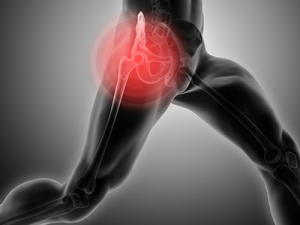Osteoarthritis (OA) of the knee and hip is a very common condition associated with aging and something we see quite a bit of at Central Performance. OA is a condition that involves changes to a joint and breakdown of the cartilage inside the joint, this can then also affect the bones and ligaments within the joint. Approximately 2.1 million Australians are affected by OA, with approximately 25% of Australians over the age of 45 affected.
It is becoming more widely recognised that exercise should be a front line treatment for osteoarthritis, particularly for the hip and knee. The Royal Australia College of General Practitioners (RACGP) put out new guidelines for the treatment of knee and hip OA in 2018. Within these guidelines for the treatment of knee and hip OA exercise and weight-loss were the only treatments that were strongly recommended. There was better evidence for exercise than there was for medications or surgery.
While changes to the joint associated with OA cannot be reversed, exercise can help to alleviate or manage the symptoms, improve your ability to perform activities of daily living, reduce disability and improve quality of life. Exercise physiologists, who are trained to prescribe exercise for the treatment of chronic conditions such as OA, are well skilled to develop and prescribe exercise programs for patients who are suffering from OA of the knee and hip.
An exercise physiology treatment program for OA will be personalised depending on the results of your physical assessment, your current functional ability, your confidence with exercise and your goals. A exercise physiology program for a client with knee and hip OA will generally program through three stages:
- Specific local strengthen exercises for muscles around the knee and/or hip.
- Increase ranges of motion of motion of the knee and/or hip.
- Progress exercises to full-body exercises to increase strength and confidence in movements that replicate activities of daily living such as stair climbing.
Your treatment will usually begin with exercises to increase strength of the muscles surrounding the knee and hip joints to help stabilise the joints and improve your symptoms. As your strength and pain improve your treatment will progress to increase range of motion at the hip and knee. The final step of your exercise physiology program is to progress again to full-body exercises that will have great carry over to day-to-day activities. The whole program will be guided by your symptoms and measured against your goals.


